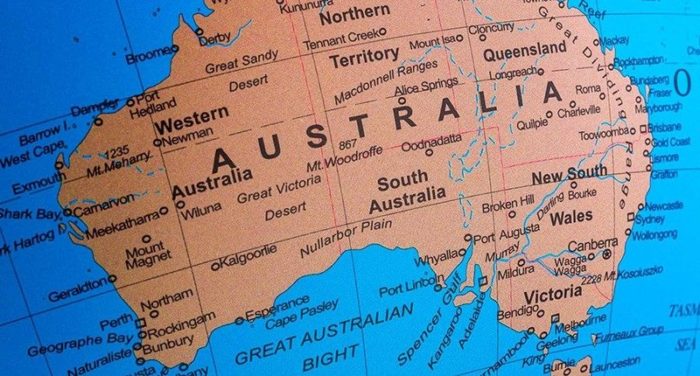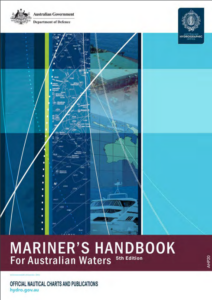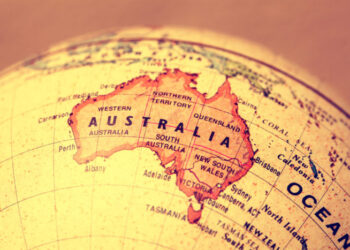The Mariner’s Handbook for Australian Waters (AHP20), launched by the Australian Hydrographic Office, provides information that helps vessels operate safely and according to the relevant maritime rules and regulations covering operations in Australian waters, as well as providing advice on emergency contacts and where additional information may be found to meet particular circumstances.
The Handbook focuses on a variety of shipping issues, from safety, pollution to reporting accidents.
The crewmembers onboard Australian vessels are required to hold an Australian marine qualification relevant to their duties. Also, AMSA is responsible on certifying all Australian flagged ships operating under the Navigation Act 2012 (Cth) and all seafarers with Australian qualifications, ensuring that the mariners are in compliance with the STCW.
Moreover, AMSA conducts Port State Control (PSC) inspections on foreign vessels to verify compliance to the STCW Code and other international regulations. The PSC inspections make sure that vessels calling Australian ports are seaworthy, do not pose a pollution risk, provide healthy and safe working environments and comply with relevant international requirements.
The Handbook also informs mariners of the weather in Australia, as weather conditions can easily affect the safe operation of a vessel.
[smlsubform prepend=”GET THE SAFETY4SEA IN YOUR INBOX!” showname=false emailtxt=”” emailholder=”Enter your email address” showsubmit=true submittxt=”Submit” jsthanks=false thankyou=”Thank you for subscribing to our mailing list”]
Therefore, the climate over the northern regions of Australia is monsoonal and controlled by the gradual annual north-south migration cycle of the Intertropical Convergence Zone (ITCZ) or Monsoon Trough. In addition, Antarctica is renowned for being the coldest, driest and windiest place on earth. About 99% of the Antarctic continent is covered with ice and has the coldest average annual temperatures (- 35°C), and the lowest temperature ever recorded on earth. There are two seasons in Antarctica, a very brief summer between November and February and a long cold winter.
AMSA focuses on cyclones as they are a challenge for vessels; Under the possibility that a vessel does not have access to this type of information, or is in close proximity to a developing low pressure system, knowledge of warning signs of tropical cyclones may help to better interpret the synoptic situation.
Warning signs that a cyclone is developing are:
- very low surface pressure, or a 24 hour change of 4 hPa or more. Diurnal variation in pressure should always be taken into consideration
- an unusual wind direction.
Consideration should be given to land/sea breezes or other topographical effects
- wind speeds 25% or more above the mean which is around 7-10 knots across northern Australia during the cyclone season, particularly if the flow curves cyclonically
- long period swell, especially from an unusual direction. Normal swell in northwest Australia is southwest, and in the Coral Sea is southeast. Any departure from this should be viewed with suspicion. Note: swells are normally variable in the Gulf of Carpentaria
- a solid overcast of cirrostratus cloud thickening and lowering, particularly at several adjacent reporting stations
- the ceasing of the diurnal fluctuation in barometric air pressure
The Australian handbook provides additional information on ballast water management systems, Australia’s territorial waters and more.
For more information, click on the PDF herebelow































































